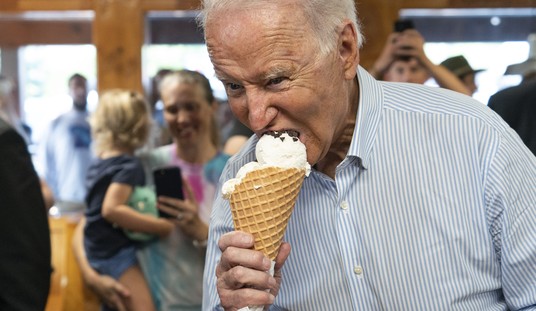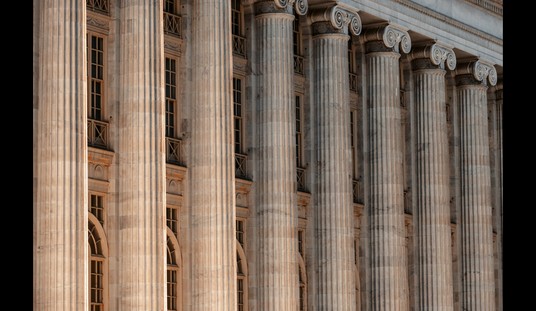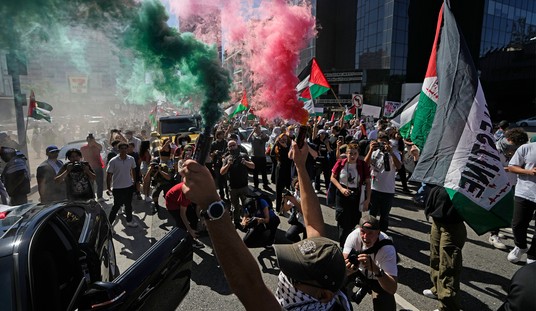
What would explain the timeless allure of Ché Guevara to those on the left? Fifty-two years after his death, the iconic photograph of Guevara taken by Alberto Korda in 1960, complete with beard and beret, still adorns posters and tee shirts.
The latest sign that the charismatic Latin revolutionary still appeals, especially to the young, is a new cafe which has opened on the University of California’s San Diego campus. It’s name? The Ché Café.
Prager University’s Will Witt traveled to the campus to speak with students about the cafe – and the man.
Witt first speaks with a male student who works there. He asks the young man to explain the Ché Café.
He tells Witt, “It’s part like a music venue, part like a student community center, part like a vegan kitchen and part a social space for radical ideologies and it’s also a safe space.
Witt asks, “So, when you say radical ideologies, do Trump supporters come here?”
The student smiles and says, “Oh, no. I mean more like leftist political ideas…If they start saying stuff that violates our stated policy, which includes like no racism, no transphobia, it’s like, then we will kick them out and stuff.”
“Does that include like no homophobia?” Witt asks.
“No homophobia. No transphobia. No racism,” the student replies.
“I was just wondering because you know it’s named after Ché Guevara who put a lot of homosexuals in prison in Cuba,” Witt tells the student.
Two female students were unfamiliar with him until Witt showed the second one a photo, I should say the photo of Guevara. Suddenly, a huge smile crosses her face.
He speaks to a male student with a ring through his nose. “A great man from what I know. I’ve listened to an interview by Ché. He seemed passionate. He seemed like he was rooted in human rights.”
Most of these students have little or no idea of Guevara’s life and deeds.
He was a ruthless killer.
Ernest Hemingway lived in Cuba at the time of the Revolution. “Guevara was jailer and executioner-in-chief of Castro’s dictatorship. As boss of the notorious La Cabaña prison in Havana, he supervised the detention, interrogation, summary trials and execution of hundreds of “class enemies.”
Hemingway once “witnessed the shooting of prisoners condemned by the tribunals under Guevara’s control. He watched as the men were trucked in, unloaded, shot, and taken away.”
That was the real Ché Guevara.
Yet, he became a hero in the counterculture of the 1960s. Guevara, or rather his famous photo, has become a symbol of rebellion for many in the West.
But he was no hero.
Watch the video.













Join the conversation as a VIP Member